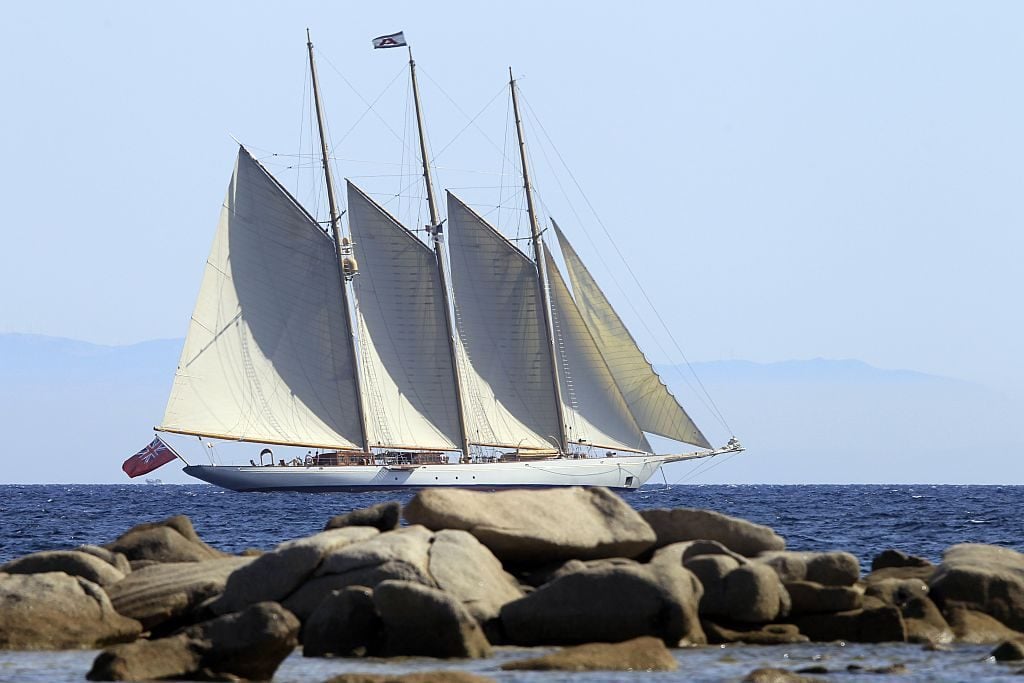Law & Politics
Spanish Billionaire Jaime Botín Faces Prison for Allegedly Trying to Smuggle a Picasso on His Yacht
The prosecutor is also seeking a €100 million fine for the banker.

The prosecutor is also seeking a €100 million fine for the banker.

Lorena Muñoz-Alonso

In the ongoing legal case against Spanish billionaire Jaime Botín, who’s accused of smuggling a Picasso out of Spain, the prosecutor has requested a four-year prison sentence and a €100 million fine against the heir and collector, a member of Spain’s most successful banking family.
Botín is the owner of an early painting by Pablo Picasso, Head of a Young Woman (1906), which was seized by French authorities in the summer of 2015 from a yacht docked in Corsica and registered to a company of which Botín is the major shareholder.
The €26 million painting was declared a cultural treasure by the Spanish National Court in May 2015 and had been refused an export permit prior to the seizure.

Members of the French and Spanish Police transporting the seized Picasso, Head of a Young Woman (1906). Courtesy Douane Française.
In August 2015, the seized painting was transported to the Museo Reina Sofía in Madrid, where it will remain until the investigation is completed. However, it could potentially remain in the museum much longer: In addition to the prison sentence and the hefty fine, El País reports that the prosecutor is requesting that ownership of the work be transferred to the state, invoking article 29 of the Spanish Heritage Law.
According to the law, “any movable property belonging to the Spanish Historical Heritage that is exported without the authorization required… belongs to the State. It is inalienable and cannot lapse.”
The article also establishes that “any property recovered and not assigned shall be allocated to a public center.” (Museo Reina Sofía is a public museum.)
The prosecutor has rejected all the claims presented by Botín’s defense in the ongoing court case. The latest argument of Botín’s legal representatives is that neither the banker nor his advisors thought that sailing in the Mediterranean on European Union waters could violate the export ban or could constitute smuggling, and that the work never left its private setting.

The yacht Adix, owned by Spanish Santander banking group and flying a British flag, sails off Testa beach on August 4, 2015, in Pianottoli Caldarello, Corsica, four days after French customs seized a Picasso on board considered a national treasure by Spain. Photo PASCAL POCHARD CASABIANCA/AFP/Getty Images.
The case harks back to December 2012, when a request for permission to export the painting out of Spain was presented by Christie’s Iberica on behalf of the company Euroshipping Charter Company Ltd., linked to Jaime Botín. The initial destination was London, but José Ignacio Wert, then minister of education, culture, and sports, refused to allow the painting to leave Spain.
Botín acquired Head of a Young Woman in 1977. Picasso painted the artwork when he was 24 years old. Its value lies in the fact that it is one of the very few examples of Picasso’s Gósol period, considered key in his subsequent Cubist evolution.
artnet news has reached out to Botín’s lawyer to request a comment on the prosecutor’s requests, and will update the piece accordingly.